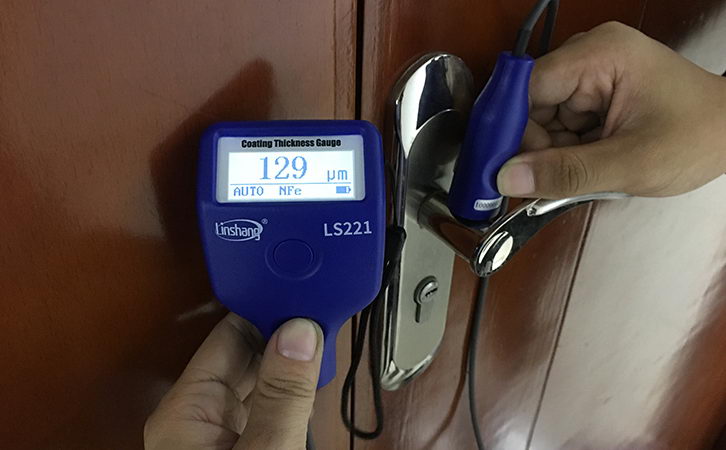How to Choose the Right Mil Gage?
The mil gage uses the magnetic induction and eddy current principles to detect the thickness of the coating or plating on the metal work non-destructively.
To purchase a mil gage, you need to know the following points:
Confirm the substrate. The substrate is a magnetically conductive metal (steel, iron), the coating is a non-magnetic material then choose an iron-based mil gage. The substrate is a non-magnetic metal (copper, aluminum), the coating is a non-metallic material then choose a non-ferrous mil gage. If both of the above conditions are available, we should choose the dual-use mil gage and the instrument automatically recognizes the substrate.
The instrument needs to pay attention to the measurement range. The test range of different instruments is different.
The measurement accuracy of the instrument requires the user to judge whether the accuracy of the instrument is consistent according to the requirements of his own production process.
The mil gage independently developed by Linshang Technology is a dual-purpose mil gage for iron and aluminum. It does not need to be switched. And the instrument automatically recognizes the substrate, making operation easier. The measurement range of different instruments is different, meeting a variety of measurement needs, up to 5mm.
At the same time, the precision of the three mil gages independently developed by Linshang Technology is consistent with the precision of the international first-line Q-nix. It is the most accurate mil gage in India. The external connection of the LS221 and LS223 mil gages is suitable for the narrow test environment, the probe can be inserted into the test point test and the host is convenient to read outside.
In summary, Lin Shang Technology's mil gage should be the most cost-effective mil gage on the market, which is the best choice for the customers.
